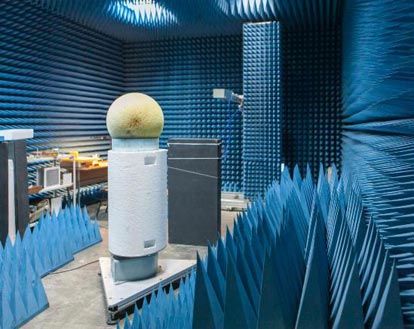Physicists from ITMO University, Ioffe Institute and Australian National University have made homogenous cylindrical objects entirely invisible in the microwave range without metamaterial cloaking.
Until now, invisibility relied on metamaterial coatings, which can change the direction of light and make light curve around cloaked objects. However, with a new understanding of electromagnetic wave scattering, physicists successfully created a homogenous object without any coatings.
Scientists studied light scattering from a glass cylinder filled with water.
“In essence, such an experiment represents a two-dimensional analog of a classical problem of scattering from a homogeneous sphere (Mie scattering), the solution to which is known for almost a century. However, this classical problem contains unusual physics that manifests itself when materials with high values of refractive index are involved. In the study, the scientists used ordinary water whose refractive index can be regulated by changing temperature,” according to an article on Science Daily.
“As it turned out, high refractive index is associated with two scattering mechanisms: resonant scattering, which is related to the localization of light inside the cylinder, and non-resonant, which is characterized by smooth dependence on the wave frequency. The interaction between these mechanisms is referred to as Fano resonances. The researchers discovered that at certain frequencies waves scattered via resonant and non-resonant mechanisms have opposite phases and are mutually destroyed, thus making the object invisible.”
“The work led to the first experimental observation of an invisible homogeneous object by means of scattering cancellation. Importantly, the developed technique made it possible to switch from visibility to invisibility regimes at the same frequency of 1.9 GHz by simply changing the temperature of the water in the cylinder from 90 °C to 50 °C,” the article said.
This discovery is important because it’s now easier to produce homogenous cylinders. It will also improve the production of future objects and elements such as nanoantennas, invisible rods, and other invisible elements used to decrease disturbances.
